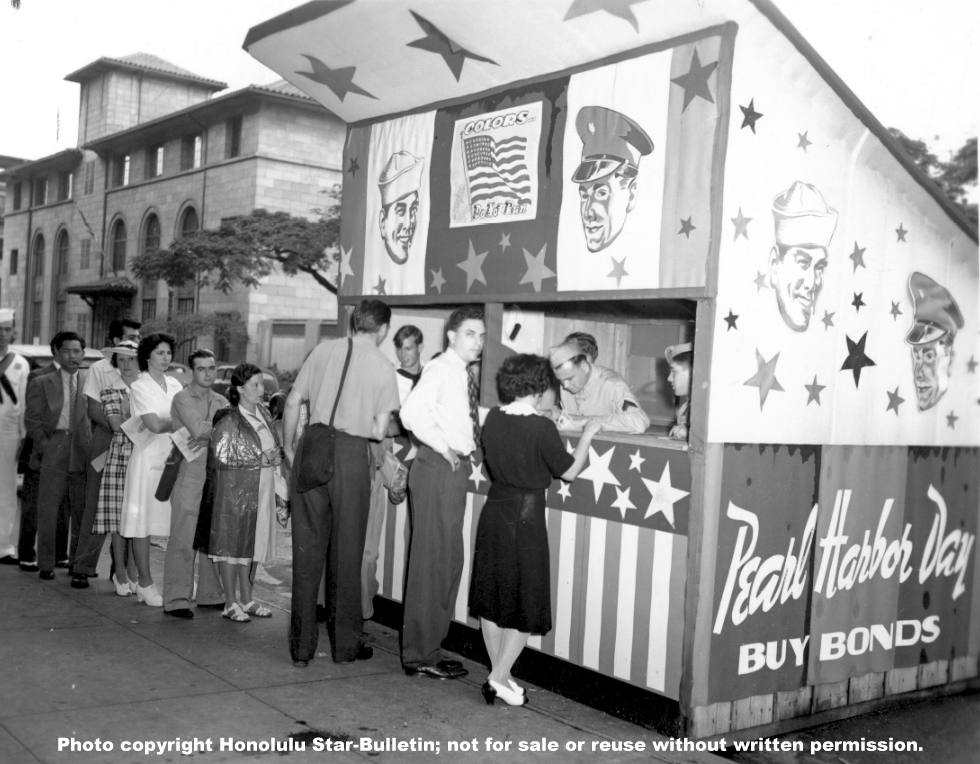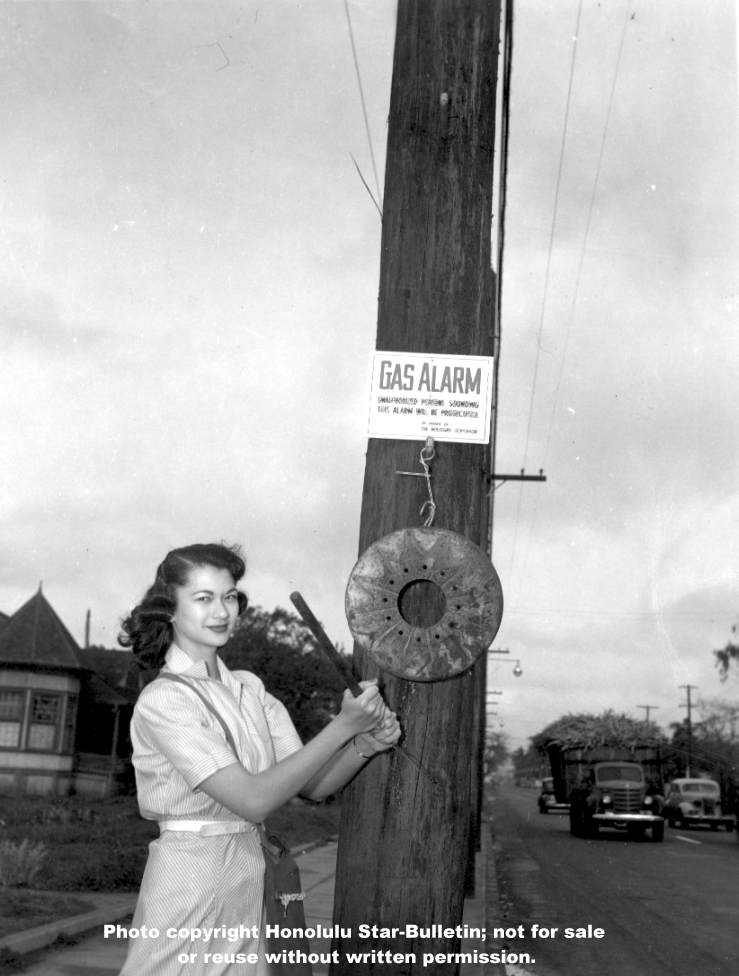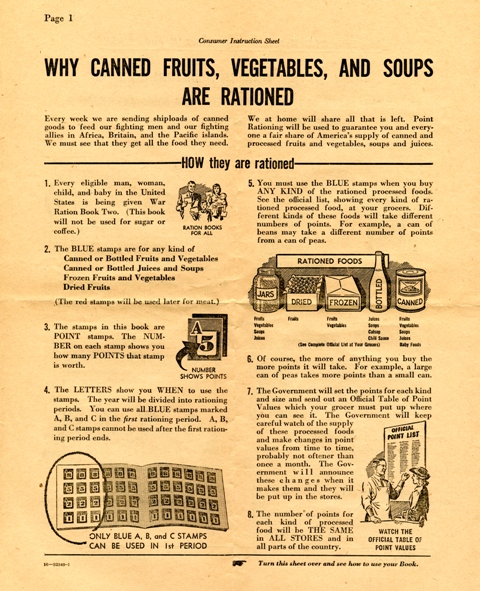Omiai, the practice of arranged marriages, had been common among Japanese samurai families, as they often needed to arrange unions across long distances to match their social standing. (Koch)
Beginning in the Meiji Period (1868-1912) Omiai spread through all classes of Japanese society. (Koch) During this time, these marriages were an agreement between two families, and children had no right to choose their own spouse. (Ishimura)
Under Japan’s Civil Code of 1898, the government legally defined arranged marriages and the patriarchal household system, which has been practiced by the upper-class warrior clans, the nobility and merchants alike during feudalism, as the authentic and traditional marriage and family system. (Tanaka)
Husbands simply had to enter the names of their brides into their family registries. Thus, men and women became legally betrothed no matter where they resided. (Nakamura)
The practice came to Hawaiʻi, tied back to Japan.
A shortage of laborers to work in the growing (in size and number) sugar plantations became a challenge. The only answer was imported labor.
Starting in the 1850s, when the Hawaiian Legislature passed “An Act for the Governance of Masters and Servants,” a section of which provided the legal basis for contract-labor system, labor shortages were eased by bringing in contract workers from Asia, Europe and North America.
The first to arrive were the Chinese (1852.) The sugar industry grew, so did the Chinese population in Hawaiʻi. Concerned that the Chinese were taking too strong a representation in the labor market, the government passed laws reducing Chinese immigration. Further government regulations, introduced 1886-1892, virtually ended Chinese contract labor immigration.
In March 1881, King Kalākaua visited Japan during which he discussed with Emperor Meiji Hawaiʻi’s desire to encourage Japanese nationals to settle in Hawaiʻi.
Kalākaua’s meeting with Emperor Meiji improved the relationship of the Hawaiian Kingdom with the Japanese government and an economic depression in Japan served as motivation for agricultural workers to move from their homeland. (Nordyke/Matsumoto)
The first 943-government-sponsored, Kanyaku Imin, Japanese immigrants to Hawaiʻi arrived in Honolulu aboard the Pacific Mail Steamship Company ‘City of Tokio’ on February 8, 1885. Subsequent government approval was given for a second set of 930-immigrants who arrived in Hawaii on June 17, 1885.
With the Japanese government satisfied with treatment of the immigrants, a formal immigration treaty was concluded between Hawaiʻi and Japan on January 28, 1886. The treaty stipulated that the Hawaiʻi government would be held responsible for employers’ treatment of Japanese immigrants.
Between 1885 and 1907, thousands of Japanese came to Hawaiʻi in numbers so great that by 1897 Japanese constituted the largest single ethnic group in the Islands. In 1888, there were 6,420 Japanese in Hawaiʻi; in 1890, 12,360; in 1896, 24,407; in 1900, 61,111. By 1900, the Japanese composed nearly 40% of the population in Hawaiʻi. (Ogawa & Grant)
Many decided to stay – but it was men who initially came to work and men outnumbered adult women 2-to-1 in the Territory; in some communities, the sex ratio was even more skewed. The men needed brides.
Letters were written home requesting that their parents contact the matchmakers in the village so that respectable women could be found. Pictures of the men were taken by professional photographers who often used the same worn suit over and over so that these laborers looked a little more distinguished.
Picture brides’ personal backgrounds were varied: While most were daughters of farmers or fishermen, some picture brides came from lower and middle-class family backgrounds – daughters of Christian ministers, teachers, shop owners and entrepreneurs, for example. (Tanaka)
Women did have greater marital opportunities in Hawaiʻi because of the gender disparity within the Japanese community and while some marriages did end in divorce, the majority of men and women accepted the arranged marriage. (Nakamura)
In general, the picture bride practice conformed to traditional marriage customs as parents or relatives in Japan chose wives for single migrant men working in America and Hawai’i. In Japan, heads of households met through an intermediary. (Ogawa & Grant)
These go-betweens arranged meetings between family heads who discussed and negotiated proposed unions with little input from the prospective spouses. An exchange of photographs sometimes occurred in the screening process, with family genealogy, wealth, education and health figuring heavily in the selection criteria. (Nakamura)
Portraits were then tucked into the letters. In time they would receive from Japan the exciting news that a bride had been found and if approved, arrangements would be made to send the young woman across the ocean to this foreign land. Inside the envelope would also be the photograph of the prospective bride.
The wife was entered into the husband’s family registry, making the marriage official under Japanese law. Many of these women then married their husbands immediately upon arrival in Hawaiʻi, in mass marriage ceremonies performed on the wharf. (West & Seal)
Many picture brides were genuinely shocked to see their husbands for the first time at the Immigration Station. Picture brides were often disappointed in the man they came to marry.
Husbands were usually older than wives by ten to fifteen years, and occasionally more. Men often forwarded photographs taken in their youth or touched up ones that concealed their real age. (Nakamura)
The first major waves of Japanese Shashin Hanayome “picture brides” began in 1908 and before all immigration was stopped from Japan in 1924, these tens of thousands of women would reshape the Japanese community in Hawaiʻi.
In addition to being wives and mothers who took care of the home, Japanese women immigrants also worked alongside their husbands in the fields. (Ogawa & Grant)
Between 1907 and 1923, over 14,000 picture brides arrived in Hawaiʻi from Japan; they bolstered the Islands’ female population. A 1927 census of all 43-sugar plantations reported that while the ratio of Japanese men to women was 1.5:1. (Bill)
And, as might be expected, this early period of stabilization of the Japanese family coincided with a high birth rate. The birth of the second generation (nisei,) in effect established the identity of the first generation (issei.) (Ogawa & Grant)
The establishment of families was soon followed by the growth of Buddhist and Christian churches, a variety of language newspapers, and self-help organizations that served the needs of the immigrant community. (Ogawa & Grant)
“According to some historians, the majority of Japanese born in the United States can trace their ancestry to a picture bride.” (LA Times)











































